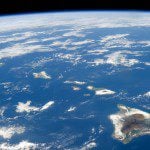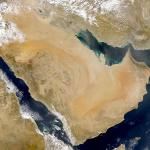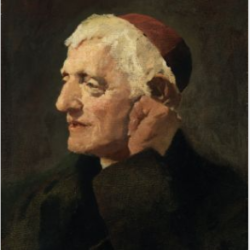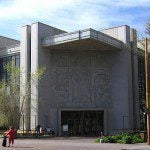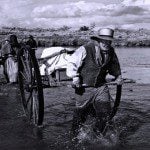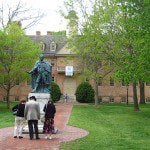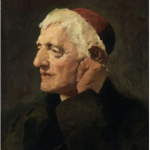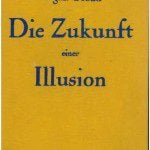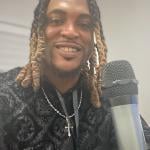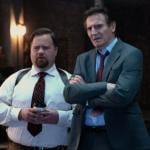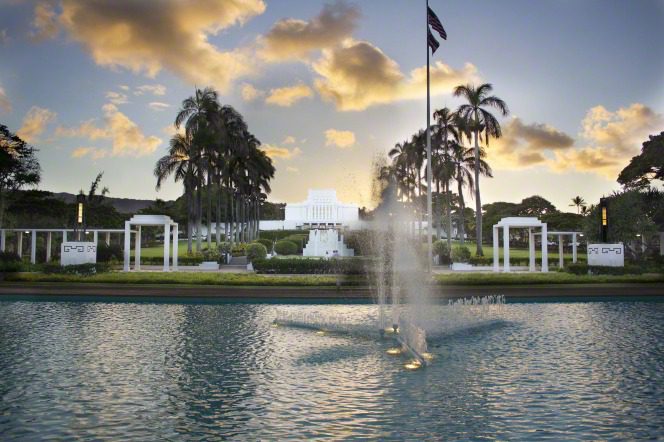
A new item has appeared in the Interpreter Foundation’s regular Thursday reprint series — which, for those out there who have had trouble with the concept, is entirely distinct from the Foundation’s regular publication on Friday of new journal articles. The latest item to appear in the reprint series is The Temple: Plates, Patterns, & Patriarchs: “The Sacred and the Temple in Ancient Christianity,” which was written by C. Wilfred Griggs:
Part of our book chapter reprint series, this article originally appeared in The Temple: Plates, Patterns, & Patriarchs, edited by Stephen D. Ricks and Jeffrey M. Bradshaw. For more information, go to https://interpreterfoundation.org/books/the-temple-plates-patterns-patriarchs/. For video and audio recording of this conference talk, go to https://interpreterfoundation.org/conferences/2022-temple-on-mount-zion-conference/videos/griggs/.
“The Latin term sacer (and related forms, e.g., sacred) means something consecrated to God (or to a god or goddess), and templum (Greek temenos) refers to land “cut off” or set aside from common use and dedicated to a deity. Putting it another way, a sacred area or a temple designates restricted space, and the activities performed in that ground dedicated to a god or goddess are likewise limited to those authorized to be there.”
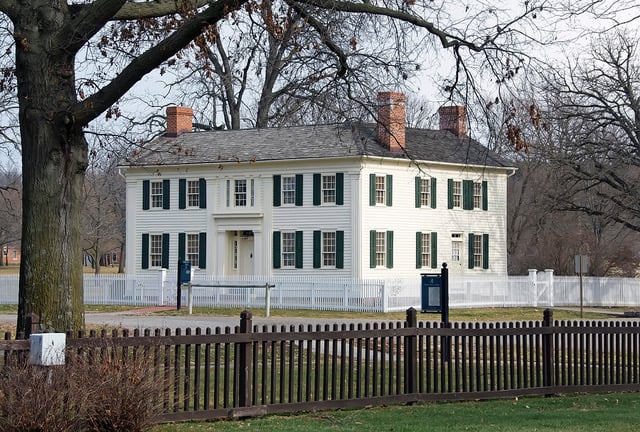
Those of you who have seen Six Days in August — which is, by the way, currently available for streaming — may remember a dramatic scene in which the Prophet Joseph Smith, facing extreme pressures from outside the city, summoned the uniformed Nauvoo Legion for review, exhorted them to resistance, and then, quite abruptly, stood down. Our friend Mark Goodman, who wrote and directed Six Days, has been questioned about that scene and, a couple of days ago, he shared an interesting note with us on the topic. I pass it on here with his kind permission:
The account of Joseph with the Nauvoo Legion comes from the first volume of Saints. This is from Chapter 44, page 539.Despite the city council’s studied decision to destroy the printing press, they had underestimated the outcry that followed. William Law had fled the city, but some of his followers were now threatening to destroy the temple, set fire to Joseph’s house, and tear down the church’s printing office. Francis Higbee charged Joseph and other members of the city council with inciting a riot when the press was destroyed. He swore that in ten days’ time there would not be a single Mormon left in Nauvoo.
On June 12, an officer from Carthage arrested Joseph and other members of the city council. Nauvoo’s municipal court found the charges baseless and released the men, angering Joseph’s critics even more. The following day, Joseph learned that three hundred men had assembled in Carthage, ready to march on Nauvoo.
Hoping to prevent another all-out war with their neighbors, as they had seen in Missouri, Joseph and others wrote urgent letters to Governor Ford, explaining the city council’s actions and pleading for help against mob attacks.’ Joseph spoke to the Saints, admonishing them to stay calm, prepare for the defense of the city, and make no disturbances. Then he mustered the Nauvoo Legion and put the city under martial law, suspending the usual rule of law and putting the military in charge.
On the afternoon of June 18, the Legion assembled in front of the Nauvoo Mansion. As the militia commander, Joseph dressed in full military uniform and climbed atop a nearby platform, where he spoke to the men. “It is thought by some that our enemies would be satisfied with my destruction,” he said, “but I tell you that as soon as they have shed my blood, they will thirst for the blood of every man in whose heart dwells a single spark of the spirit of the fullness of the gospel.”
Drawing his sword and raising it to the sky, Joseph urged the men to defend the liberties that had been denied them in the past. “Will you all stand by me to the death,” Joseph asked, “and sustain, at the peril of your lives, the laws of our country?”
“Aye!” roared the crowd.
“I love you with all my heart,” he said. “You have stood by me in the hour of trouble, and I am willing to sacrifice my life for your preservation.”
I found this fascinating and wanted to tell this part of the story. Joseph calls for the Legion to stand by him to the death—and then immediately says he is willing to sacrifice his life. Why would he do that? Something is missing.
It seems plausible that there was a moment of inspiration, that he felt that the answer was not violence—in fact Joseph almost always chose non-violence.
I added the line, “I ask too much.” It’s one of my favorite scenes in the film.
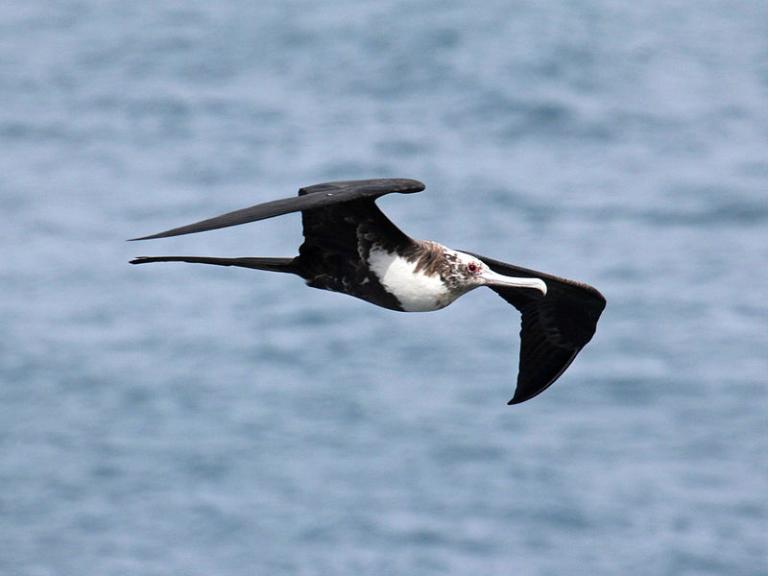
(Wikimedia Commons public domain image)
The Church of Jesus Christ of Latter-day Saints has officially released a new Gospel Topics essay on “Religion and Science.” It’s a balanced and thoughtful statement, and I think that the Church would profit from wide familiarity with it among the Saints. Just for one thing, here’s a vitally important point from it that should not be overlooked or forgotten:
Over the years, Church leaders have expressed differing views about evolution. However, the Church takes no position on the topic.
And, while on the subject of evolution, here’s an article from Y Magazine: “Exploring Life’s Great Purpose: A BYU grad finds that scientific understanding, far from undermining religion, helps give life meaning.” I published a column in Meridian Magazine back on 20 May 2024 about Professor Wilkinson’s recent book (“How Can We Make Sense of Evolution?: A Latter-day Saint Perspective”) and I interviewed him not long thereafter on video (“Daniel Peterson interview of Dr. Samuel T. Wilkinson”). Immediately afterwards, by the way, I interviewed Ben Spackman on the same topic (“Daniel Peterson interview of Ben Spackman”).
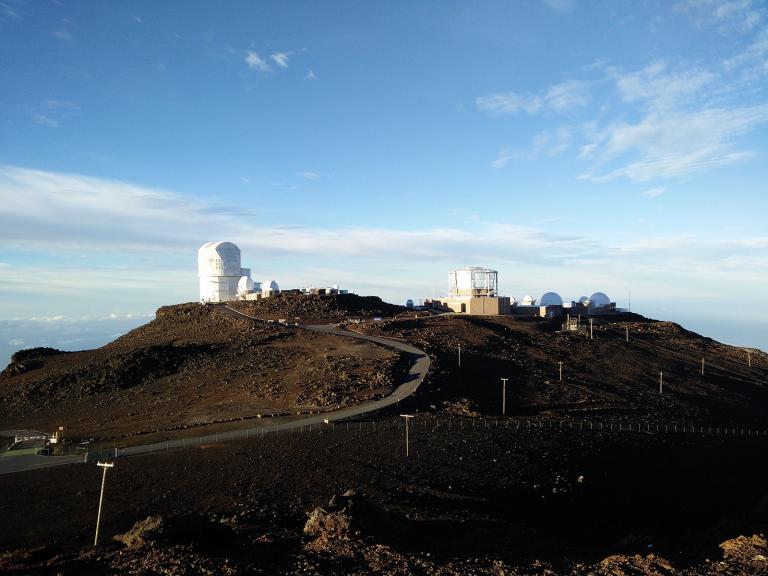
(Wikimedia Commons public domain image)
From the seemingly inexhaustible Christopher Hitchens Memorial “How Religion Poisons Everything” File™, here’s a very specific, individual case of the evils wrought by theists and theism: “New York Mets Spanish radio producer credits self-reliance class: Brian Munguia says he would not have fulfilled a childhood dream without the Find a Better Job course through his stake”
Posted from Poʻipū, Kauaʻi, Hawaiʻi


